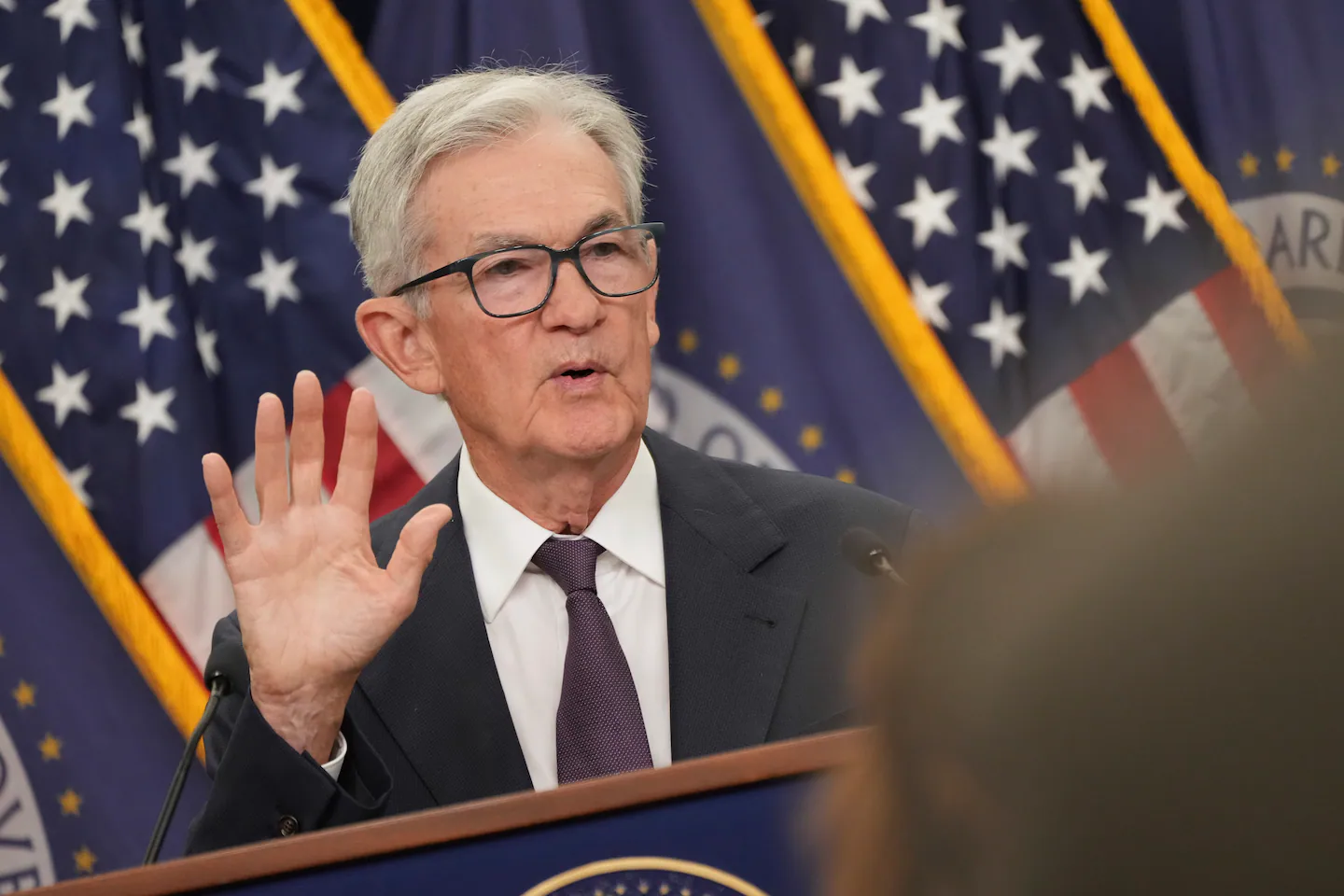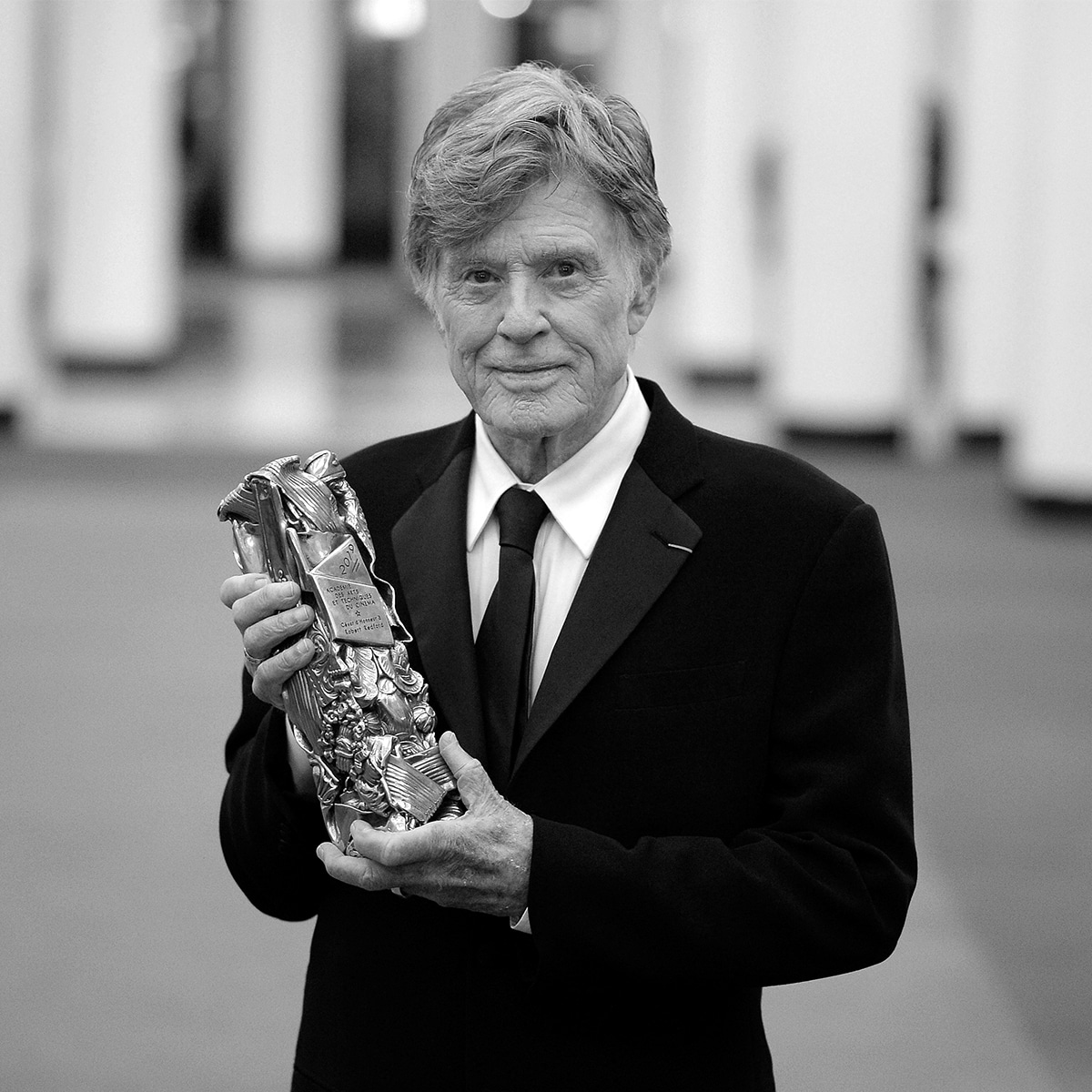
Instead, it is doubling down on its deliberate approach to policy: weighing risks to the economy, adjusting interest rates as those risks change, and going where the data leads. Policy makers declined Wednesday to provide the “big cut” demanded by Trump, opting for a quarter-percentage point cut and projecting two more quarter-point cuts this year and one in 2026.
“We’re doing our work exactly as we always have,” Powell said at a news conference Wednesday.
The Fed’s caution is appropriate even though it will likely encourage Trump to escalate his efforts to gain control of the seven-member board of governors. Prudence makes sense because the Fed finds itself between a job market rock and an inflation hard place.
The labor force is barely growing due to immigration restrictions and fewer people entering the job market. Without more workers, the economy will struggle to expand.
The economy is losing momentum. Economic growth has slowed to about 1.5 percent this year from 2.5 percent last year.
Employers are hunkering down in “low-fire, low-hire” mode. That’s why the jobless rate remains relatively low — 4.3 percent in August.
But an extended hiring drought — or a deluge of layoffs — would push unemployment higher. Powell told reporters that employers probably aren’t adding jobs fast enough to keep the jobless rate steady.
Inflation is inching higher. The Fed’s preferred consumer price index increased an estimated 2.9 percent in the 12 months through August, the fastest rate since March 2024 and above its 2 percent goal.
In projections released on Wednesday, Fed officials forecast the core Personal Consumption Expenditures index, which excluding more volatile food and energy costs, would tick up to 3.1 percent by the end of the year, before falling back to 2.4 percent in 2026.
The spectre of stagflation lingers. In the 1970s and early 1980s, a toxic brew of high inflation, stagnant economic growth, and high unemployment haunted the US.
Fed officials hinted in their projections that the ghost of stagflation could return.
The Fed “altered its economic assessment stressing a stagflationary-lite environment with job gains slowing, the unemployment rate moving up, and inflation rising,” Gregory Daco, chief economist at EY-Parthenon, said in a note.
But the sky isn’t falling. Fed officials don’t expect unemployment to get much worse, and they nudged up their growth forecasts for this year and next.
The impact of tariffs is a wildcard.
A “reasonable base case” is that import taxes will create a one-off hit to prices, Powell said. “But it is also possible that the inflationary effects could instead be more persistent. . . Our obligation is to ensure that a one-time increase in the price level does not become an ongoing inflation problem.”
In the Fed’s view, rising unemployment is a bigger risk than inflation. Wednesday’s quarter-point rate cut was a precautionary move to support hiring, not the start of a desperate rescue, Powell said.
The irony is that the Fed would have more leeway to cut rates if Trump hadn’t started a tariff war. Moreover, his attempts to exert political influence over rates has forced central bankers to dig in.
But there is a range of opinions among policy makers. The median projection pointed to two more rate cuts this year. However, 10 of 19 officials signaled three or more cuts would be necessary.
Still, one Fed official dissented. Stephen Miran, who was sworn in Tuesday to serve until January, preferred a half-point reduction.
Miran, who is on leave from his job as chair of the White Council of Economic Advisors, is one of three Trump appointees on the seven-member board of governors, along with Christopher Waller and Michelle Bowman.
Fed watchers took that as a sign that Powell and his colleagues weren’t going to fold under Trump’s pressure for faster cuts.
“Both Trump appointees, Bowman and Waller, did not dissent,” Harvard economist Jason Furman said on X. “Bodes well for the Fed’s independence.”



